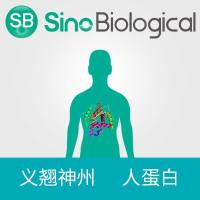Botulinum (BoNT, serotypes A-G, see also Chapter 2) and tetanus (TeNT) neurotoxins are known under the generic term of clostridial neurotoxins. These dichainal proteins comprise a light (Mr R~50) and a heavy (Mr R~100) chain that are disulfide linked. In mammals, these proteins are the causative agents of two severe neuroparalytic diseases, botulism and tetanus. Botulism manifests as a flaccid muscle paralysis caused by a near irreversible and selective inhibition of acetylcholine release at the skeletal neuromuscular junction. Tetanus is characterized by a spastic neuromuscular paralysis that results from motoneuron disinhibition following the specific blockage of inhibitory glycinergic or Γ-aminobutyric acid-ergic (GABAergic) synapses by TeNT in the central nervous system (CNS). The cellular action of BoNT and TeNT can be depicted according to several steps. After binding to specific acceptors located at the nerve ending membrane, TeNT and BoNT are endocytosed. Subsequently, their active moiety (the light chain) is translocated from the endocytic compartment into the cytosol. Here, it cleaves one among three synaptic proteins (viz. the vesicle-associated membrane protein [VAMP]/synaptobrevin, syntaxin, and synaptosomal-associated protein of Mr 25 kDa [SNAP-25] which are also known under the collective term of SNAREs) involved in docking and fusion of synaptic vesicles at the active zone (i.e., release site) (for reviews see [1 ,2 ]).






